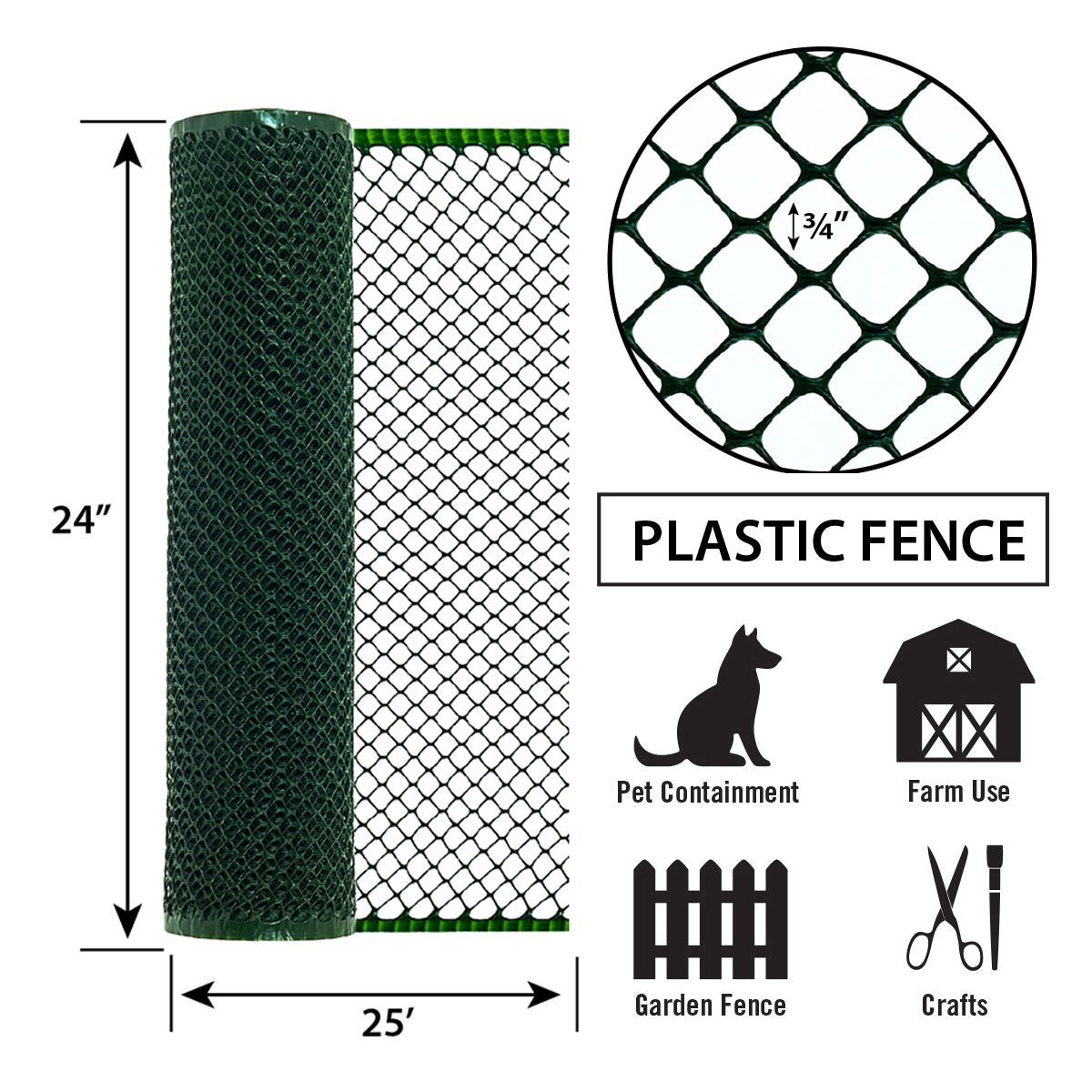Soil Anchors and Their Applications in Construction and Engineering Projects
Dez . 05, 2024 01:22
Understanding Soil Screw Anchors Key Components and Applications
Soil screw anchors, commonly referred to as helical anchors or screw piles, have garnered significant attention in construction and civil engineering due to their versatility and effectiveness in a variety of applications. These innovative anchoring solutions are characterized by their spiral-shaped blades, which enable them to be driven into the ground with minimal disturbance, making them particularly useful for both temporary and permanent structures. This article will explore the components, advantages, and applications of soil screw anchors.
Components of Soil Screw Anchors
A soil screw anchor consists of several essential components that contribute to its effectiveness. The main parts include
1. Shaft Typically made from high-strength steel, the shaft provides the structural integrity of the anchor. It can vary in length, diameter, and thickness, depending on the project's requirements.
2. Helical Plates These spiral blades are the key feature of the screw anchor. They enhance the anchor's holding capacity by distributing the load over a larger area of soil. The number and size of the helical plates can be customized based on the anticipated load and soil conditions.
3. Attachment Point At the top of the shaft, there is usually a connection point for load transfer. This can be a bracket, socket, or a direct connection to the structure needing stabilization.
Advantages of Soil Screw Anchors
Soil screw anchors offer numerous benefits, making them a preferred choice in various scenarios
1. Minimal Soil Disturbance Unlike traditional driven piles or concrete foundations, screw anchors can be installed with minimal disturbance to the surrounding soil. This is particularly beneficial in urban areas or sensitive environments where disturbance must be limited.
2. Quick Installation The installation process of soil screw anchors is relatively fast. They can be installed using compact, portable equipment, allowing for seamless integration into tight job sites and facilitating faster project timelines.
3. Immediate Load Capacity Once installed, screw anchors can support loads immediately, which is advantageous for projects that require quick stabilization, such as temporary structures or emergency repairs.
soil screw anchors

4. Adaptability Soil screw anchors can be used in various soil types and conditions, making them versatile. They are also suitable for both tension and compression loads, providing flexibility in their applications.
Applications of Soil Screw Anchors
Soil screw anchors have a wide range of applications across different sectors
1. Residential and Commercial Construction They are commonly used as foundation supports for buildings, decks, and other structures where traditional foundations may not be feasible due to site constraints.
2. Earth Retention Systems Soil screw anchors are often employed in retaining walls and shoring systems, providing additional lateral support to prevent soil movement.
3. Temporary Support Structures In construction sites where temporary supporting structures are needed, such as scaffolding or work platforms, screw anchors provide a reliable solution.
4. Utility Supports They are frequently utilized to anchor utility poles, towers, and other installations where stability is crucial.
5. Marine and Waterfront Applications Their ability to be installed in challenging soil conditions makes them suitable for piers, docks, and other marine constructions.
Conclusion
In conclusion, soil screw anchors represent an efficient, adaptable, and economical solution in modern engineering and construction. Their unique design and benefits ensure that they can meet a wide variety of structural support needs while minimizing impact on the environment and surrounding areas. As technology and techniques advance, the application of soil screw anchors is likely to expand, further solidifying their place in the construction industry. Whether for permanent or temporary use, they offer an innovative solution to some of the pressing challenges faced in today’s construction landscape.




















